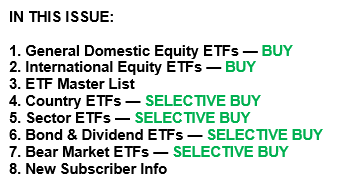
- Moving the market
This morning, the markets underwent a sharp sell-off as the impact of Trump’s tariffs on key trading partners, Canada, and Mexico, echoed globally.
Concerns about a potential escalation into a full-blown trade war, disruption of worldwide supply chains, economic slowdown, and rising inflation are valid. However, it remains to be seen if today’s market reaction was an overreaction, as is often the case.
Over the weekend, Bitcoin led the decline, dropping to $93,000 before rebounding and surpassing the $100,000 milestone, eventually reaching $102,000. This strong recovery was partly driven by Trump’s announcement of plans to establish a Bitcoin Sovereign Wealth Fund, a promise from his campaign.
In other news, Mexico announced the deployment of 10,000 National Guard members to prevent drug trafficking to the US, prompting Trump to delay the tariffs for a month. This brief trade war appears to be over, and major indexes have started to recover, reducing some of their early losses.
The US Dollar experienced volatility, oil prices gave up recent gains, and gold, after tumbling overnight, rebounded strongly to end the session at a new record high.
Bond yields were mixed, reflecting uncertainty about the direction of interest rates amid ongoing global trade tensions, with the EU potentially next in line for tariffs.
Who needs a movie when you can be part of this latest market excitement?
Read More




